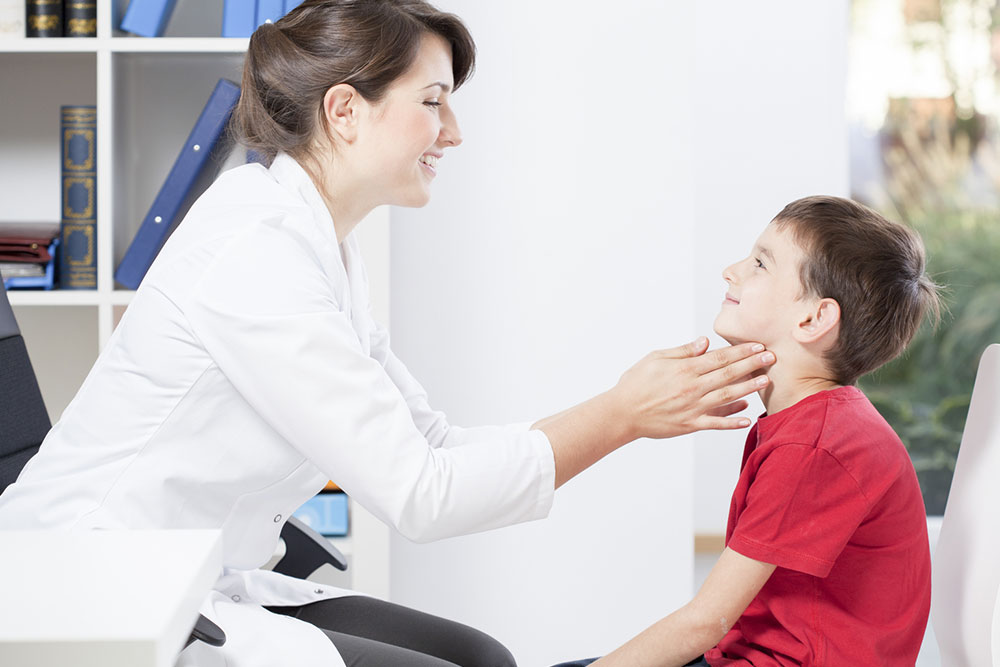
ADHD Management Tips
Attention deficit hyperactivity disorder, or ADHD, is a condition that usually manifests in the early ages and continues well into adulthood. Children with ADHD will usually have certain tell-tale signs like hyperactivity and an inability to pay attention for more than brief periods at a time. Parts of the brain that control attention are not very active in people with ADHD. Some children may be entirely unable to control their impulses and do things on a whim.
As an adult, the condition may present several problems. People have reported facing low self-esteem and having trouble with maintaining relationships, holding down a job, and even struggles with addiction. The condition is usually diagnosed fairly early and tends to be more common in boys than in girls. Let’s examine some of the causes of ADHD and how to manage them:
- Imbalance in the level of neurotransmitters in the brain
- Genetics
- Smoking, substance abuse, drinking, lack of nutrition on the mother’s part during pregnancy
- Structure of the brain, i.e., certain parts of the brain could be smaller in people with ADHD while other areas can be larger
- Exposure to toxins like lead can lead to ADHD.
- Damage or trauma to the frontal lobe of the brain can lead to trouble controlling impulses and other emotions. Brain disorders can also give rise to ADHD.
There are quite a few misconceptions about ADHD despite spreading awareness over the years. It is important to note that watching too much TV or consuming sugar in excess doesn’t cause ADHD. A poor home life or bad schooling system and food allergies do not give rise to ADHD either. ADHD cannot be prevented or successfully cured as yet, but early diagnosis can help with managing the symptoms.
1. Treatment of ADHD
There are multiple ways in which one can choose to treat and manage ADHD, the most commonly opted for method of treatment includes medication along with therapy on the side.
2. Medication
Stimulants are used to treat many of the symptoms include hyperactivity and other impulsive behavior including lack of attention. Some of these medications include:
- Amphetamine
- Dexmethylphenidate
- Dextroamphetamine
- Lisdexamfetamine
- Methylphenidate
It is important to note that these medications do not work with everyone and some non-stimulant medication may be needed for patients over the age of six.
These medications include:
- Atomoxetine
- Clonidine
- Guanfacine
There are several other avenues in case these medications aren’t the best option to help manage ADHD. These include dietary supplements that are rich in Omega-3s. These supplements require a prescription. There are also several therapies that patients can use to change their behavioral patterns and successfully manage ADHD.
3. Behaviour therapy
- Special education is very useful for helping a child with ADHD learn at school. A fixed routine and structure can also help a child with ADHD.
- Behavior modification is used to help individuals identify certain undesirable behaviors and replace it with desirable ones.
- Counselling or psychotherapy may also be used to help children or adults with ADHD deal with their emotions and frustration. It also helps family members become aware of their loved one’s special needs and helps their self-esteem.
- Training the child in certain social skills like sharing and taking turns can help them be a part of social groups and feel included in group activities.



